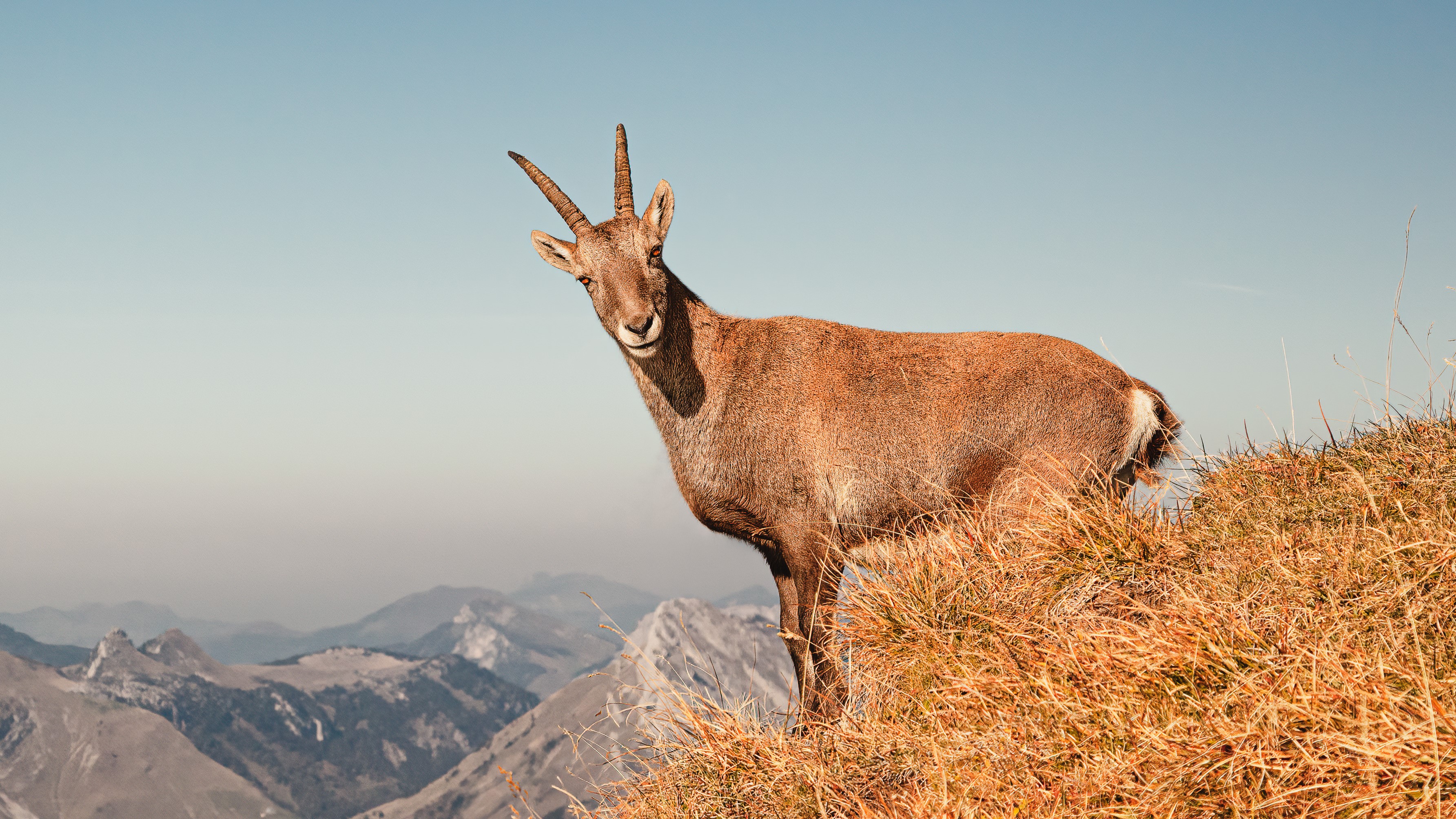
Extreme weather events and mass extinctions are some of the most serious effects of climate change, but a warming world is having many other— and less obvious — effects on our planet. From bumpier plane rides to sex-changing lizards, here are 15 of the most unexpected effects of a warming world.
Baseball home runs increase

Home runs in Major League Baseball seem to be increasing as temperatures rise. In a study published April 7 in the journal Bulletin of the American Meteorological Society, researchers said that as warmer air is less dense, baseballs fly farther after being batted away.
They found that, between 2010 and 2019, more than 500 homers — accounting for 1% of home runs — could be put down to unusually hot days as a result of global warming. They also predicted home runs could be 10% more common by 2100, compared with averages between 2010 and 2019. Playing more games at night when temperatures are milder could help counter the impact on the sport, the scientists suggested.
Shrinking frogs croak in higher pitches
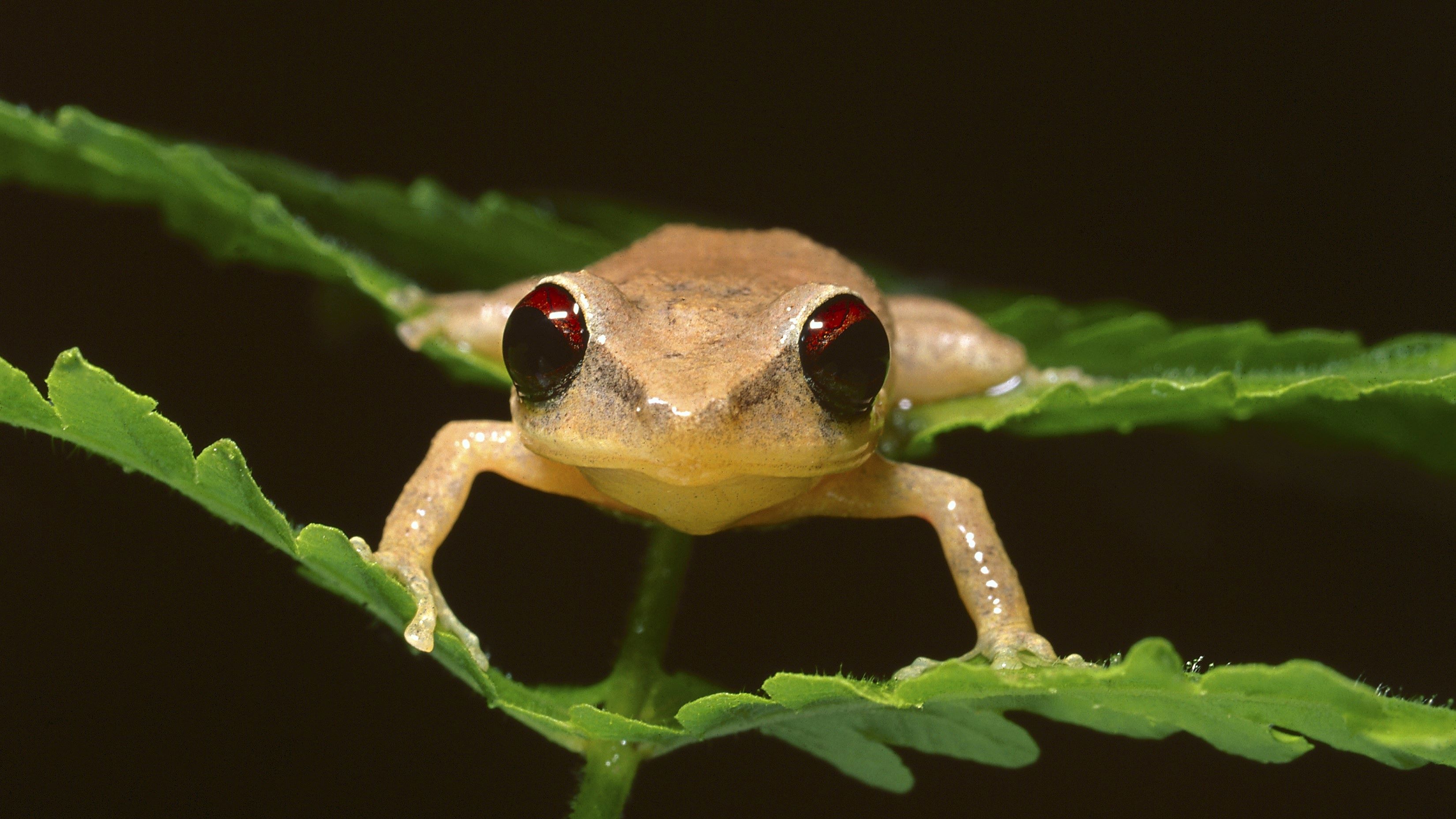
As the world warms, male coquí frogs (Eleutherodactylus coqui) in Puerto Rico are croaking in higher pitches. In a study presented on May 8 at the 184th Meeting of the Acoustical Society of America, researchers revealed how rising temperatures are causing these amphibians to shrink, raising the pitch of their croaks.
Male coquí frogs call to mark their territory and warn off rivals. The scientists found that frogs living nearer the base of a mountain, where it is warmer, croaked in higher pitches than larger frogs living at higher altitudes, where it is cooler. When researchers returned to the same slopes two decades later — when global temperatures had increased — they found that frogs were calling in higher pitches no matter where they were on the mountain.
Airplane turbulence getting worse

Climate change is making plane rides bumpier as air streams shift. In a study published June 8 in the journal Geophysical Research Letters, scientists compared climate data from 1979 to 2020 with air turbulence data in the North Atlantic. They found that severe turbulence — which is caused by colliding streams of air that are traveling at different speeds — jumped by 55% from 17.7 hours in 1979 to 27.4 hours in 2020. Moderate levels of turbulence rose by 37% over the same time period. Climate change is likely behind this increase because hotter air means wind speeds and directions are changing more strongly, the researchers wrote in the study.
Sleep loss

By 2010, people had already lost around 44 hours of sleep each year because of hot nights associated with global warming. This could rise to 58 hours of lost sleep per year by 2100 under a high carbon emissions scenario, researchers estimated. In a study published in May 2022 in the journal One Earth, scientists compared sleep data collected using sleep-tracking wristbands from 48,000 people in 68 countries, and found that people sleep later and wake earlier on hotter nights.
Rise in dog bites

Humans are known to commit more violent crimes when the heat ramps up. Now, a study published June 15 in the journal Scientific Reports indicates that canine aggression also rises with the temperatures, with more dog bites recorded on hotter days. By analyzing data on 69,525 dog bites in eight U.S. cities — Dallas, Houston, Baltimore, Baton Rouge, Chicago, Louisville, Los Angeles and New York City — the team found an 11% increase in dog bites on days with high UV and a 4% rise when temperatures were high.
More wildfire lightning
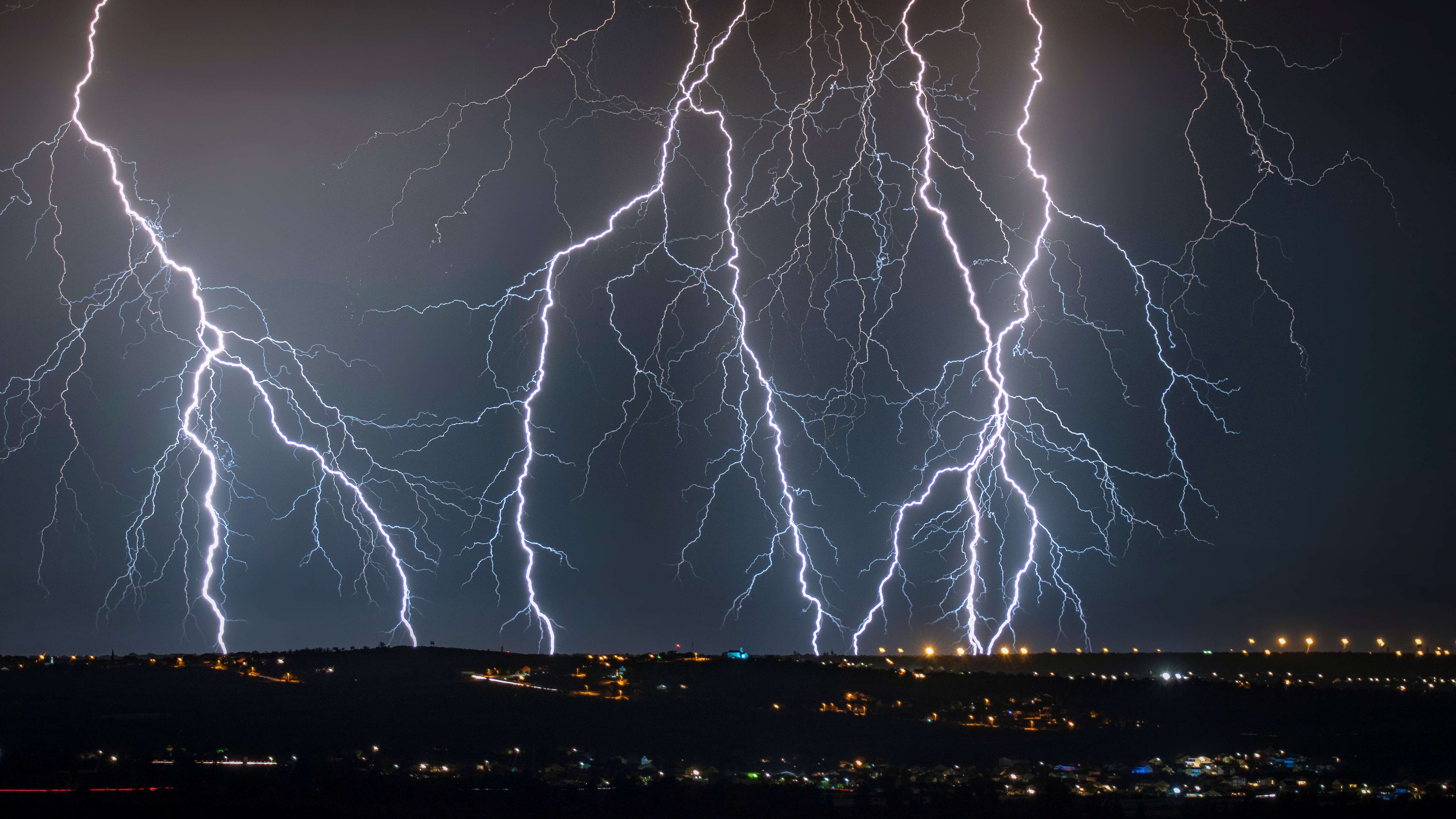
Global warming will alter lightning patterns around the world — and this may result in more wildfires. In a study published Feb. 10 in the journal Nature Communications, researchers examined "long-continuing current lightning" — a type of lightning known to be the main cause of lightning-induced wildfires. They estimated these strikes will become 10% more common with each 1.8 degree Fahrenheit (1 degree Celsius) temperature rise. This could amount to a 40% increase in these strikes by the end of the century under a worst-case-scenario climate change projection.
Related: Yellowstone's geysers at risk of extinction from climate change, tree skeletons reveal
Fewer babies

Hotter days have been linked to a dip in birth rates. In a study published 2018 in the journal Demography, researchers found that days with an average temperature above 80 F (26.7 C) were linked to a 0.4% decrease in birth rates roughly nine months later — the average length of pregnancy — compared with days with temperatures of between 60 F (15.6 C) and 70 F (21.1 C). Rather than causing a dip in sex drive, the scientists think high temperatures could lower fertility — some studies have found that hot conditions can impair how well sperm swim.
Lizard sex change
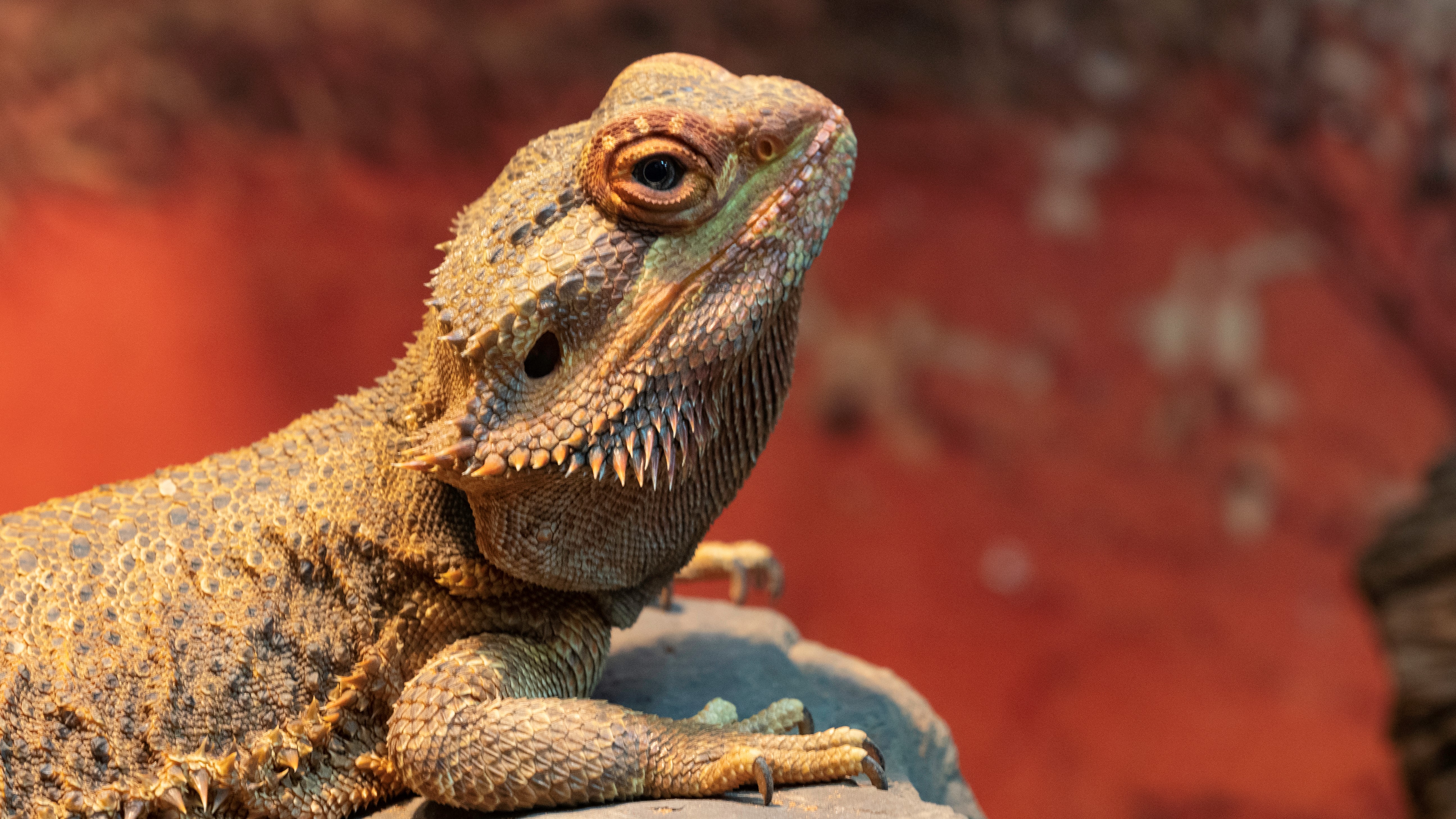
Rising temperatures mean central bearded dragons (Pogona vitticeps) in Australia are changing sex. For some reptiles, sex is influenced by the temperatures their eggs are exposed to as they develop, with higher temperatures linked to more females. In a 2015 study published in the journal Nature, scientists described how 11 of 131 lizards captured in the wild had male sex chromosomes but warm incubation conditions caused them to develop a female anatomys, with sex-reversed lizards able to lay eggs.
Worse allergies
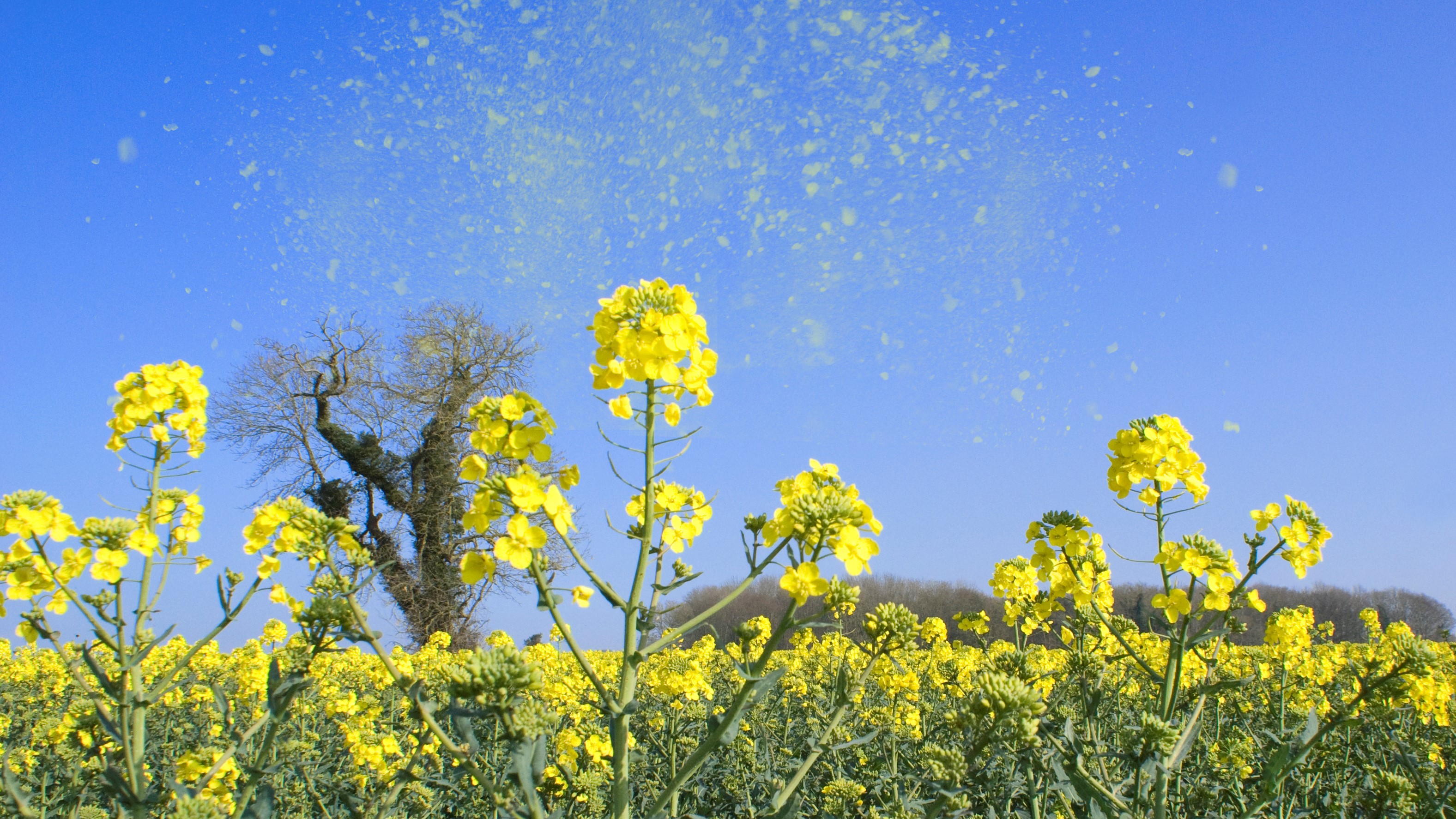
Rising temperatures are causing earlier and longer springs, which are propelling more pollen into the air, making life that little bit harder for people with allergies like hay fever. In a study published in 2021 in the journal Proceedings of the National Academy of Sciences, scientists found that the sneezing season is getting longer in North America, having increased by 20 days between 1990 and 2018. They also found pollen levels increased by 21% in the same time period. The changes are probably due to global warming and are already worsening allergies, the team wrote.
Dimmer Earth
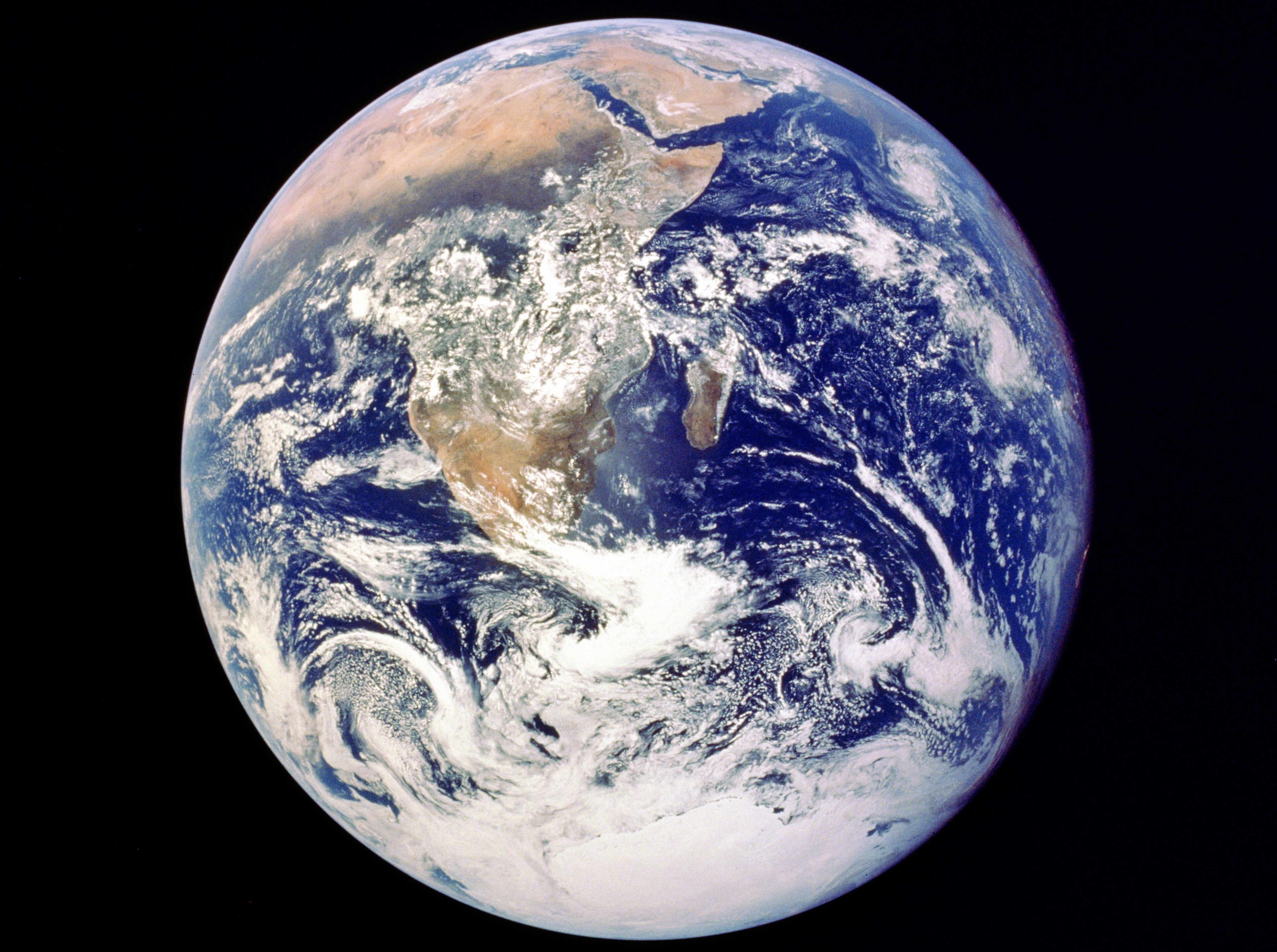
In a study published in the journal Geophysical Research Letters in 2021, scientists analyzed the amount of sunlight reflected from Earth onto the moon between 1998 and 2017 and found our planet appears to be getting dimmer. Their findings revealed that hotter seas have reduced the amount of reflective low-lying clouds above the eastern Pacific Ocean, causing less sunlight to bounce off our planet. As this traps more light energy on the Earth, it could further increase global warming.
Erupting volcanoes
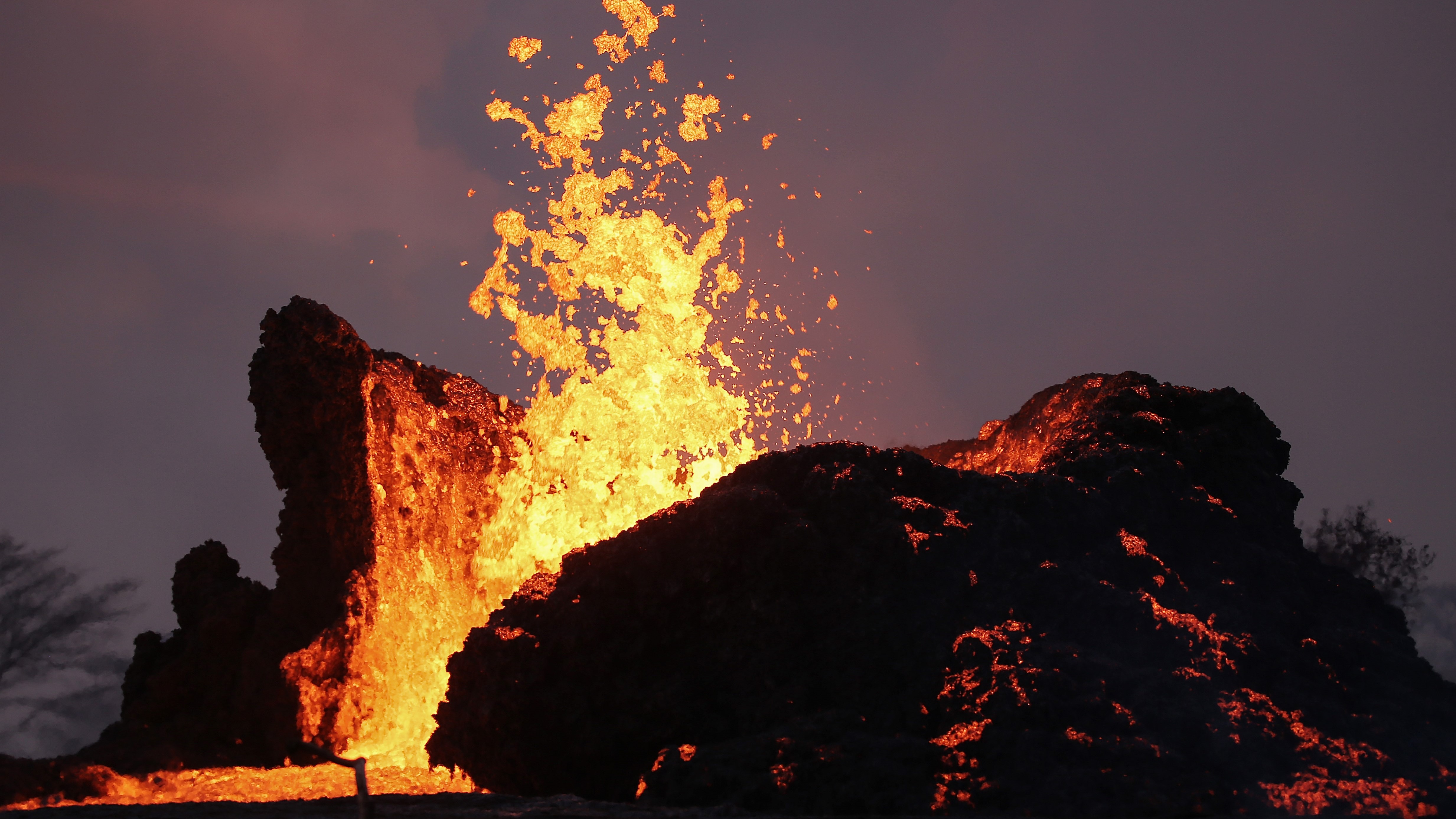
Many of Earth's volcanoes are covered in ice, but as more of this ice melts due to global heating, the released water could mix with the hot rock and magma beneath to cause more frequent violent explosions. Melting ice reduces pressure on the magma, enabling more bubbles to form inside it. This bubbling magma then puts more pressure on the Earth’s crust above, until the molten liquid explodes through cracks in the crust. This idea was backed up by a study published 2017 in the journal Geology, in which researchers found that between about 4,500 and 5,500 years ago, the number of volcanic eruptions in Iceland dropped significantly when the climate cooled, compared with hotter periods.
Less coffee
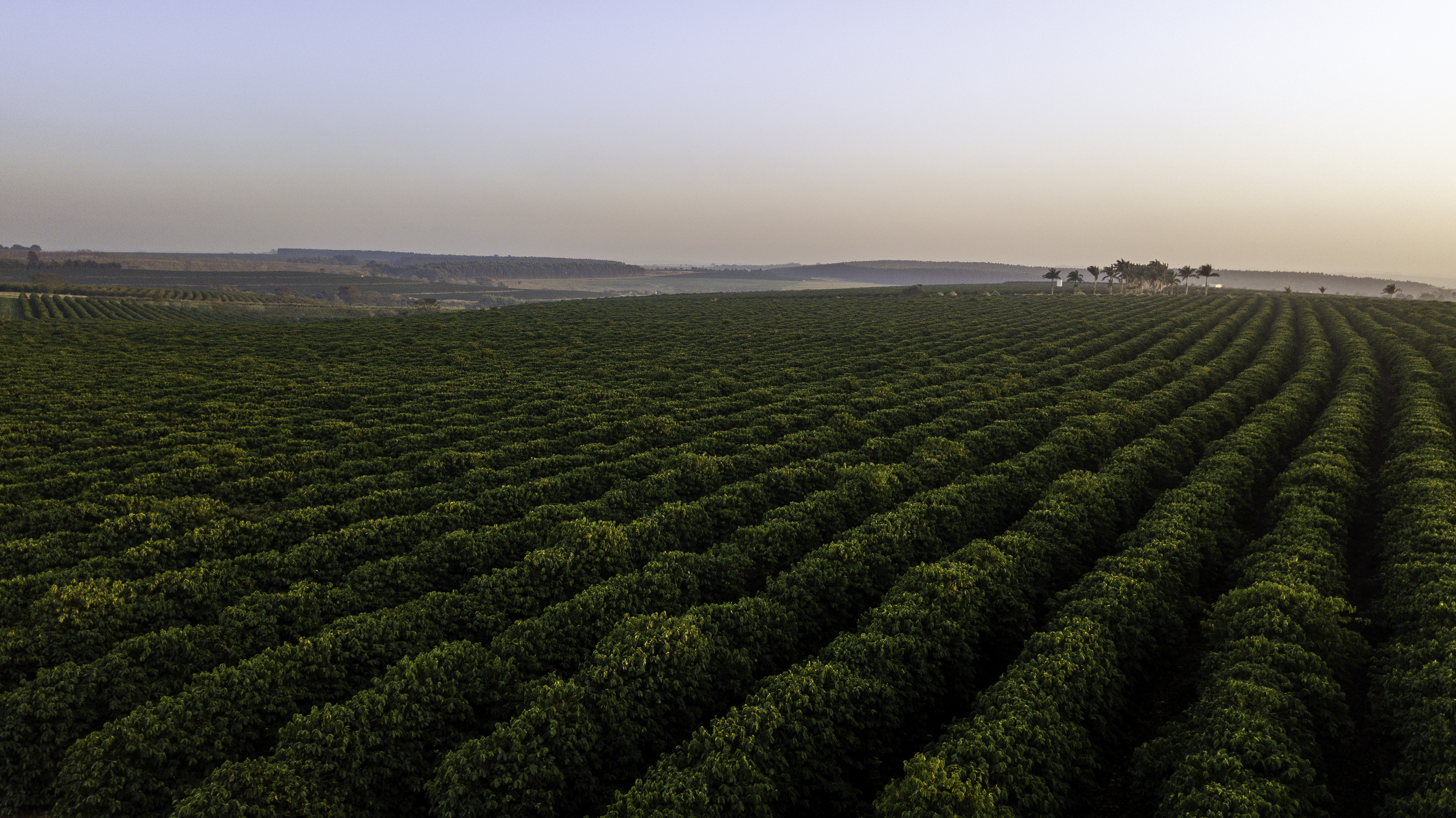
Climate change could halve the amount of coffee-growing land by 2050, a study published Jan. 26 in the journal PLOS One suggested. By modeling three different climate scenarios that limited global warming to either 2.7 F (1.5 C), 4.3 F (2.4 C) or to 7.2 F (4 C), scientists found that the number of regions highly suited for growing coffee — such as areas of Brazil, Vietnam, Indonesia and Colombia — could decline by 50%.
Shrinking goats
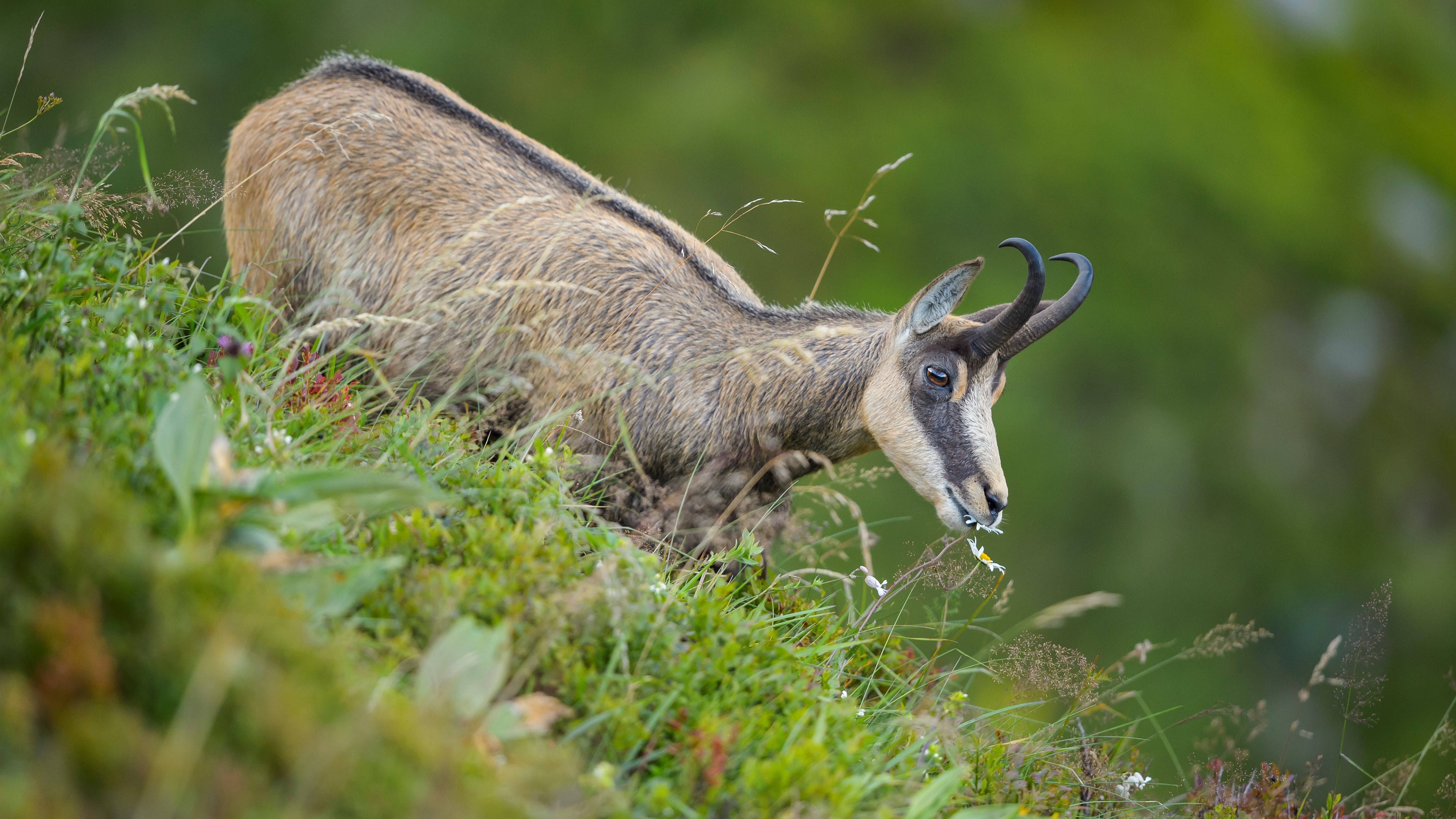
Goats in the Italian Alps are getting smaller as our planet gets hotter. In a study published in the journal Frontiers in Zoology in 2014, researchers analyzed the body mass of juvenile Alpine chamois (Rupicapra rupicapra) living on the mountains between 1979 and 2010 and found they had shrunk by around 25%. Over the study period, the region warmed by 5.4 F to 7.2 F (3 C to 4 C). The scientists said the animals' reduced size appears to be down to the chamois spending more time resting and less time feeding during hot periods.
Deteriorating mummies

After remaining well-preserved for more than 7,000 years in the Atacama Desert, some of the world's oldest mummies have started to degrade while being kept in a museum. These mummies were prepared by hunter gatherers called the Chinchirro. Rising humidity levels amid climate change are thought to have spurred the growth of bacteria that digest the mummies, causing some to turn into a black ooze, according to a report by the Harvard John A. Paulson School for Engineering and Applied Sciences. By testing mummy samples in the lab, scientists identified humidity levels in the museum that would best preserve the historic objects.
Faster tree growth
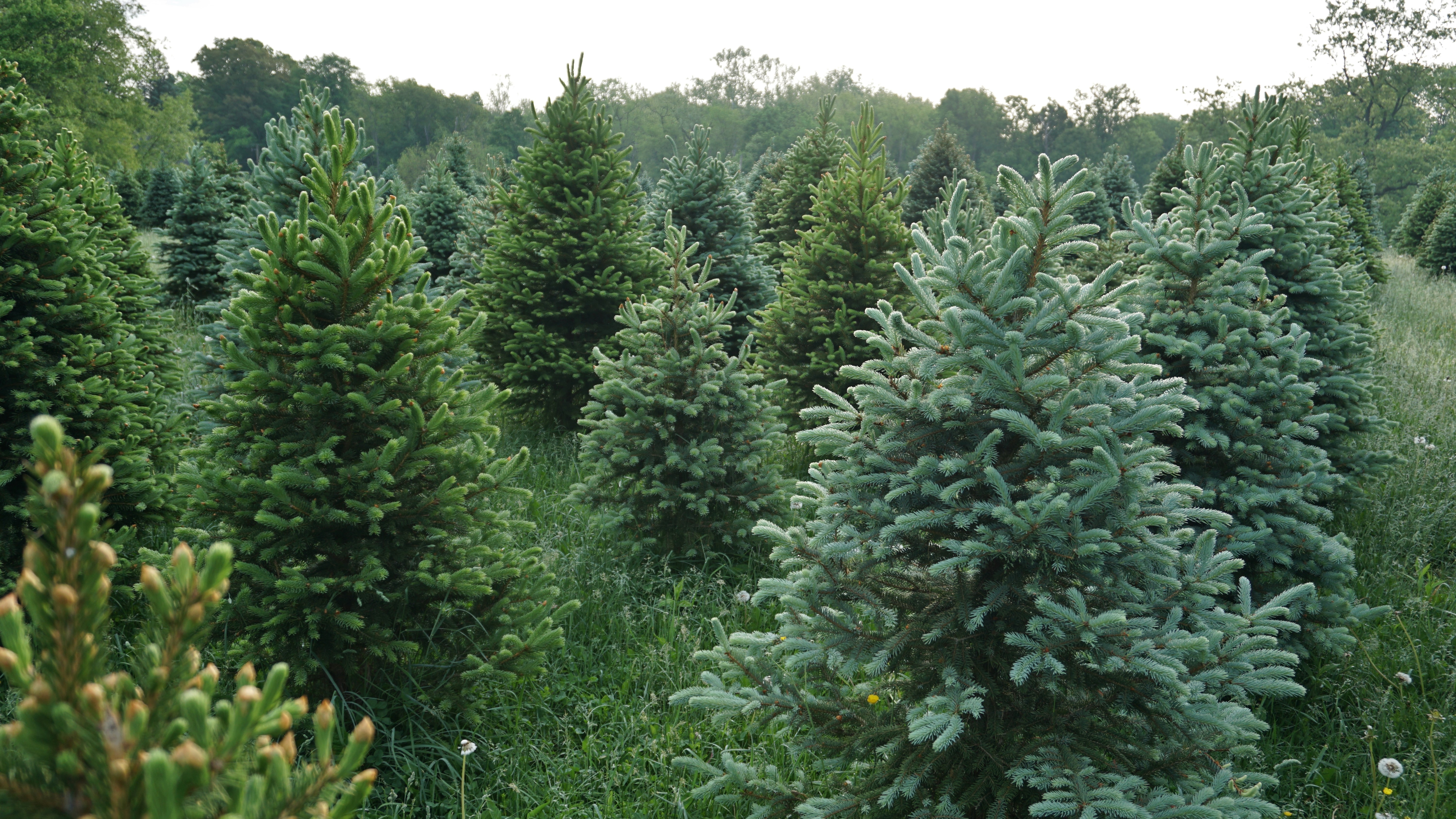
Increasing carbon dioxide levels in the atmosphere have spurred trees to grow faster in Central Europe. In a study published in the journal Nature Communications in 2014, scientists found that Norway spruce (Picea abies) and European beech (Fagus sylvatica) trees grew more than twice as fast in 2010 compared with 1960, amid rising levels of carbon dioxide. This greenhouse gas is a key ingredient for photosynthesis, the process by which plants use light energy to produce sugar and oxygen. This sugar can then be combined with oxygen in the process of respiration to release energy for growth.







